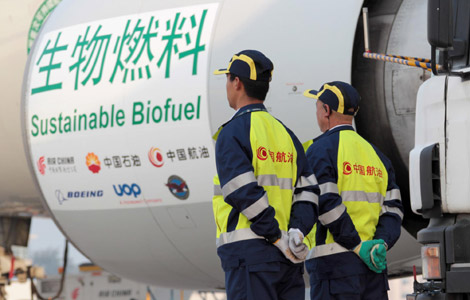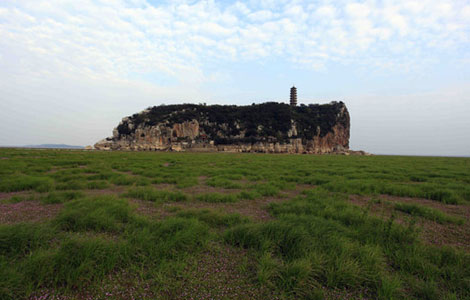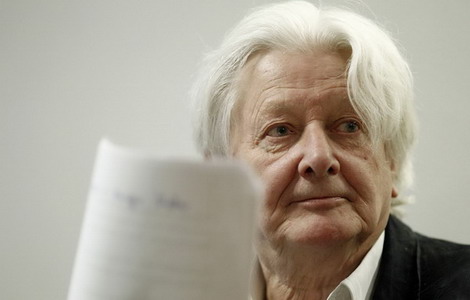30 years to decommission Fukushima nuke plant
Updated: 2011-10-29 08:13
(Xinhua)
|
|||||||||||
TOKYO - Decommissioning the stricken reactors at the Fukushima No.1 nuclear power plant is likely to take 30 years or more, the government's Japan Atomic Energy Commission said in a provisional report released on Friday.
The commission said that as the situation at the Fukushima plant is more complicated than the process at the United States' Three Mile Island Unit 2 reactor whose core was damaged in a massive accident in 1979. Removing fuel from the US reactor began six and a half years after the reactor melted down and took 10 years in all.
The provisional report said that once a state known as "cold shutdown" has been achieved, which according to the plant's operator Tokyo Electric Power Co., will be at the end of this year, it will take in excess of 10 years to complete the process of decommissioning the plant.
"We set a goal to start taking out the core debris within a 10- year period and it is estimated that it would take 30 years or more (after the cold shutdown) to finish decommissioning," the report said.
However the utility, also known as TEPCO, has been unable to confirm an exact timeline for removing fuel kept inside the spent fuel pools within reactors No.1 to No. 4 at the troubled plant in Fukushima.
In addition, the report noted the hardest phase of the operation will be removing the melted fuel from reactors No.1 to No. 3, once the spent fuel has been extracted.
The commission will continue to study the logistics of decommissioning the plant over various time frames and submit its findings to the government by December. A separate panel comprised of international experts will also be convened to look into the exact cause of the world's worst nuclear disaster since the 1986 Chernobyl disaster.
A massive earthquake and tsunami on March 11 knocked out key cooling functions at the No. 1 plant in Fukushima, located about 220 kilometers northeast of Tokyo, causing fuel rods to melt down and trigger the release of radioactive substances into the air, land and sea.
Japan's various nuclear agencies as well as the plant's operator has yet to fully contain the nuclear emergency.
Hot Topics
Libya conflict, Gaddafi, Oil spill, Palace Museum scandal, Inflation, Japan's new PM, Trapped miners, Mooncake tax, Weekly photos, Hurricane Irene
Editor's Picks

|

|

|

|

|

|







